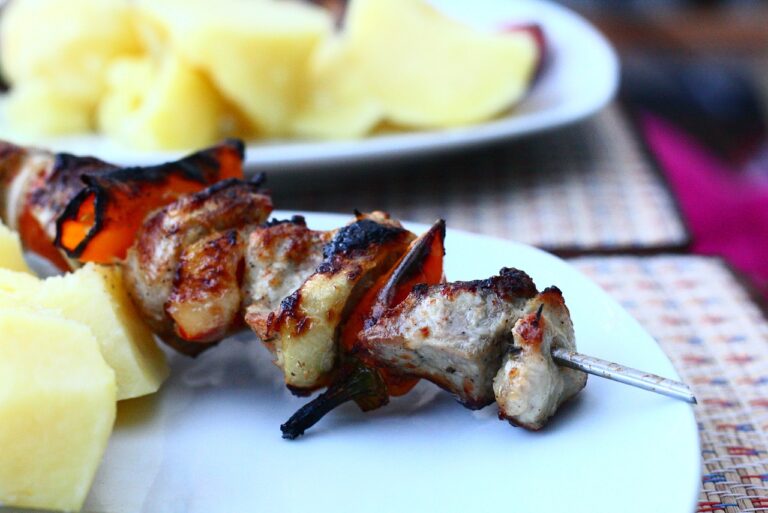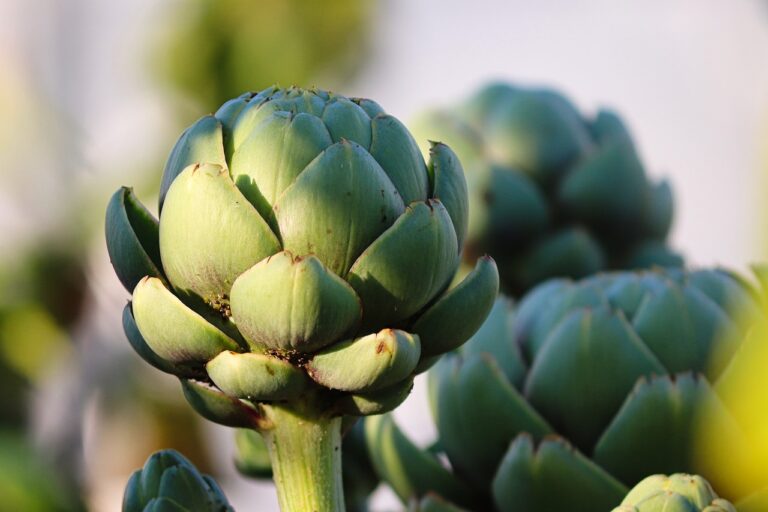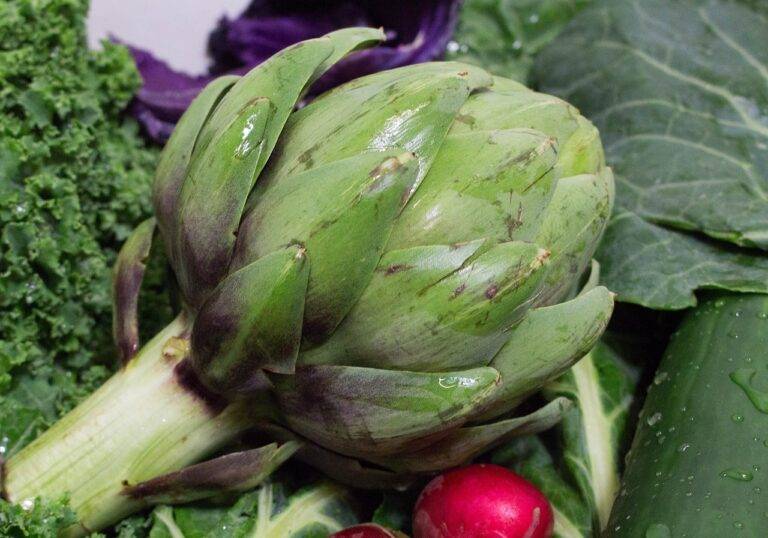The Evolution of Fusion Cuisine: Blending Culinary Traditions
Fusion cuisine has a rich history that dates back centuries, originating from the convergence of diverse culinary traditions and flavors. The blending of different cooking techniques and ingredients has led to the creation of unique and innovative dishes that resonate with people across the globe.
Throughout history, fusion cuisine has been shaped by various factors such as trade routes, colonization, and migration. These interactions between different cultures have contributed to the evolution of fusion cuisine, resulting in a melting pot of flavors and culinary styles that continue to inspire chefs and food enthusiasts worldwide.
Origins of Fusion Cuisine: Cultural Influences
Fusion cuisine, a culinary trend that merges different cultural elements, has a rich history shaped by diverse cultural influences. The origins of fusion cuisine can be traced back to ancient trade routes where cultures interacted and exchanged ingredients, techniques, and flavors. This cross-pollination of culinary traditions laid the groundwork for the fusion cuisine we know today, blending global ingredients and cooking styles to create innovative and unique dishes.
One of the key cultural influences on fusion cuisine is the era of exploration and colonization when European powers traveled the world, bringing back exotic ingredients like spices, fruits, and vegetables. This globalization of ingredients sparked a culinary revolution as these new flavors and cooking techniques were integrated into local cuisines, giving birth to fusion dishes that showcased a blend of East and West, North and South. Today, fusion cuisine continues to evolve, drawing inspiration from a myriad of cultures and traditions to create a melting pot of flavors that tantalize the taste buds.
Key Ingredients in Fusion Cuisine
Fusion cuisine thrives on the harmonious blending of diverse culinary traditions from around the world. One of the key ingredients in creating successful fusion dishes is the use of bold and flavorful spices. These spices, such as cumin, turmeric, and garam masala, add depth and complexity to dishes by infusing them with vibrant and aromatic notes.
Another essential element in fusion cuisine is the inventive use of sauces and condiments. By incorporating sauces like soy sauce, sriracha, or chimichurri, chefs can elevate the flavors of a dish and create a unique fusion of tastes. These sauces bring a burst of umami, heat, or tanginess that can transform a simple dish into a complex and tantalizing culinary experience.
• Cumin
• Turmeric
• Garam masala
• Soy sauce
• Sriracha
• Chimichurri
What is fusion cuisine?
Fusion cuisine is a culinary style that combines elements of different culinary traditions, often resulting in innovative and unique dishes.
How did fusion cuisine evolve over time?
Fusion cuisine has evolved over time as chefs and cooks experiment with different flavor combinations and techniques from various culinary traditions.
What are some key ingredients in fusion cuisine?
Some key ingredients in fusion cuisine include soy sauce, ginger, coconut milk, curry paste, and sriracha, among others.
How do cultural influences play a role in fusion cuisine?
Cultural influences play a significant role in fusion cuisine, as chefs draw inspiration from different cultures to create new and exciting dishes.
Can fusion cuisine be found in different parts of the world?
Yes, fusion cuisine can be found in different parts of the world as chefs continue to experiment and blend different culinary traditions together.







